Potential Miles-Thick Diamond Layer Discovered Beneath Mercury
Mercury, the smallest planet in our solar system, has always intrigued scientists. Despite its tiny size, it’s the second densest planet, boasting a massive core and a weak magnetic field.
Recently, researchers have uncovered another astonishing detail that could redefine our understanding of this enigmatic planet.
A Carbon-Rich Surface
NASA’s MESSENGER spacecraft mapped Mercury and discovered a surface rich in carbon.
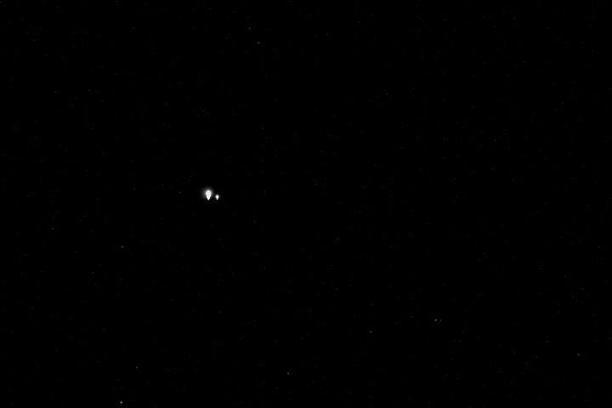
Source: NASA
This hinted at an ancient layer of graphite that had been pushed to the planet’s surface. But what’s hidden beneath this carbon layer is even more fascinating.
The Diamond Hypothesis
A study published on June 14 in Nature Communications suggests that Mercury’s core-mantle boundary may include a diamond layer.

Source: Wikimedia
This layer is believed to be between 9 and 11 miles thick, nestled deep within the planet’s interior.
Extreme Conditions for Diamond Formation
Mercury’s mantle is deeper than previously thought, around 80 miles.
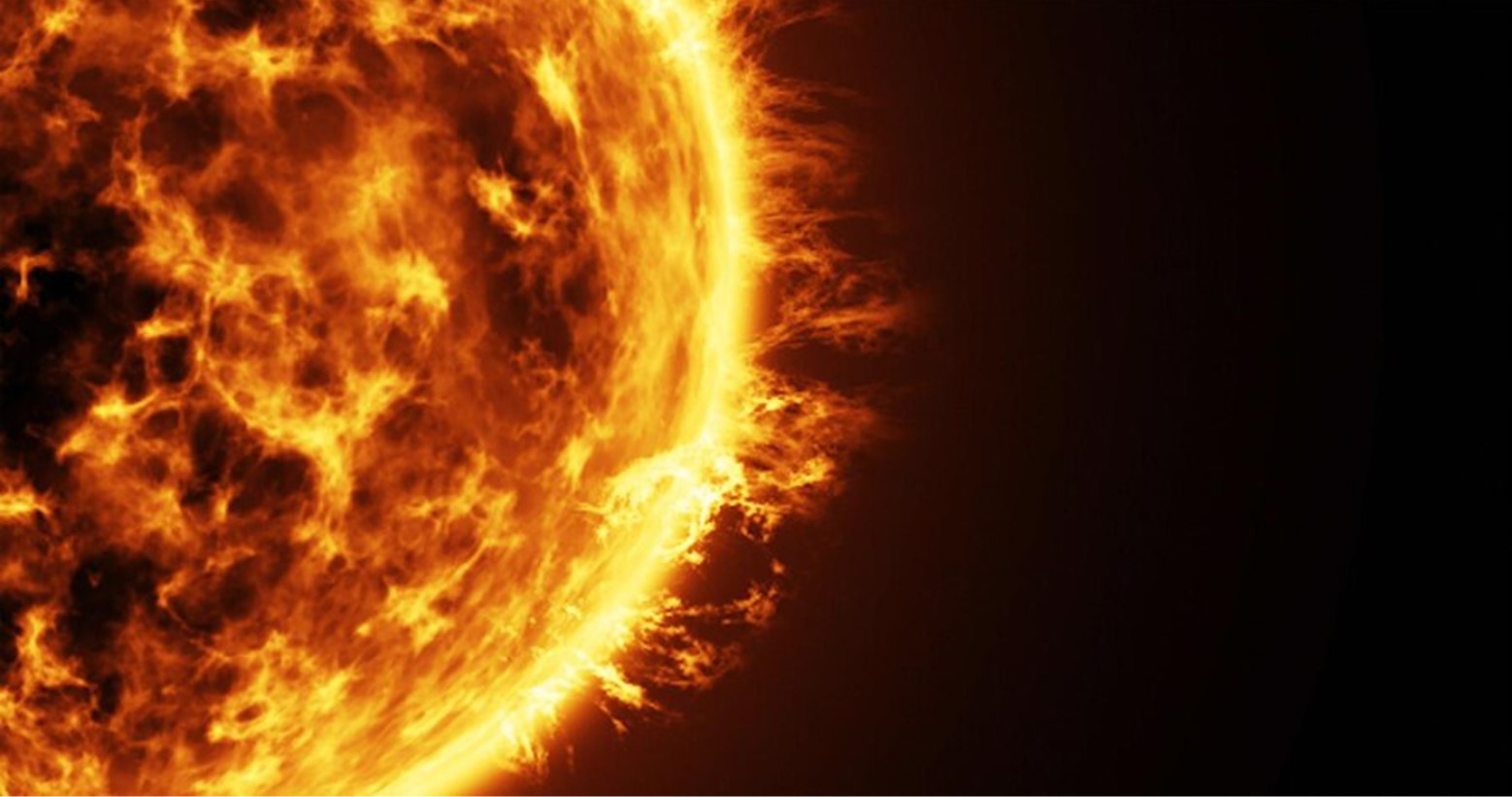
Source: Freepik
This depth creates extreme pressure and temperature conditions at the core-mantle boundary, perfect for carbon to crystallize into diamonds.
High-Pressure Experiments
Researchers used high-pressure and temperature experiments to simulate Mercury’s interior conditions.
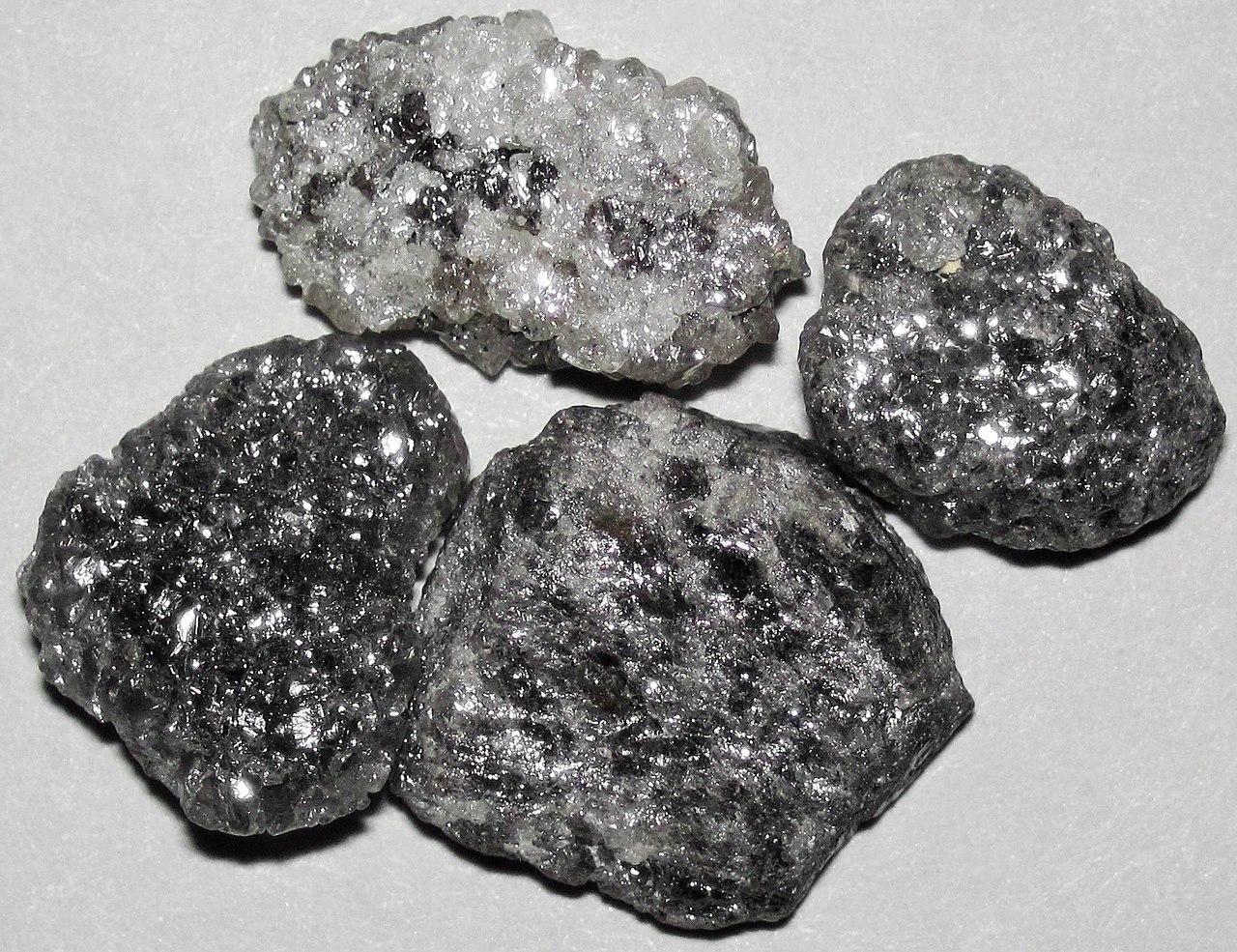
Source: Wikimedia
They achieved pressure levels seven times those found at the deepest parts of the Mariana Trench, revealing that Mercury’s interior could indeed facilitate diamond formation.
The Diamond Layer’s Depth
The potential diamond layer is buried around 300 miles below Mercury’s surface.
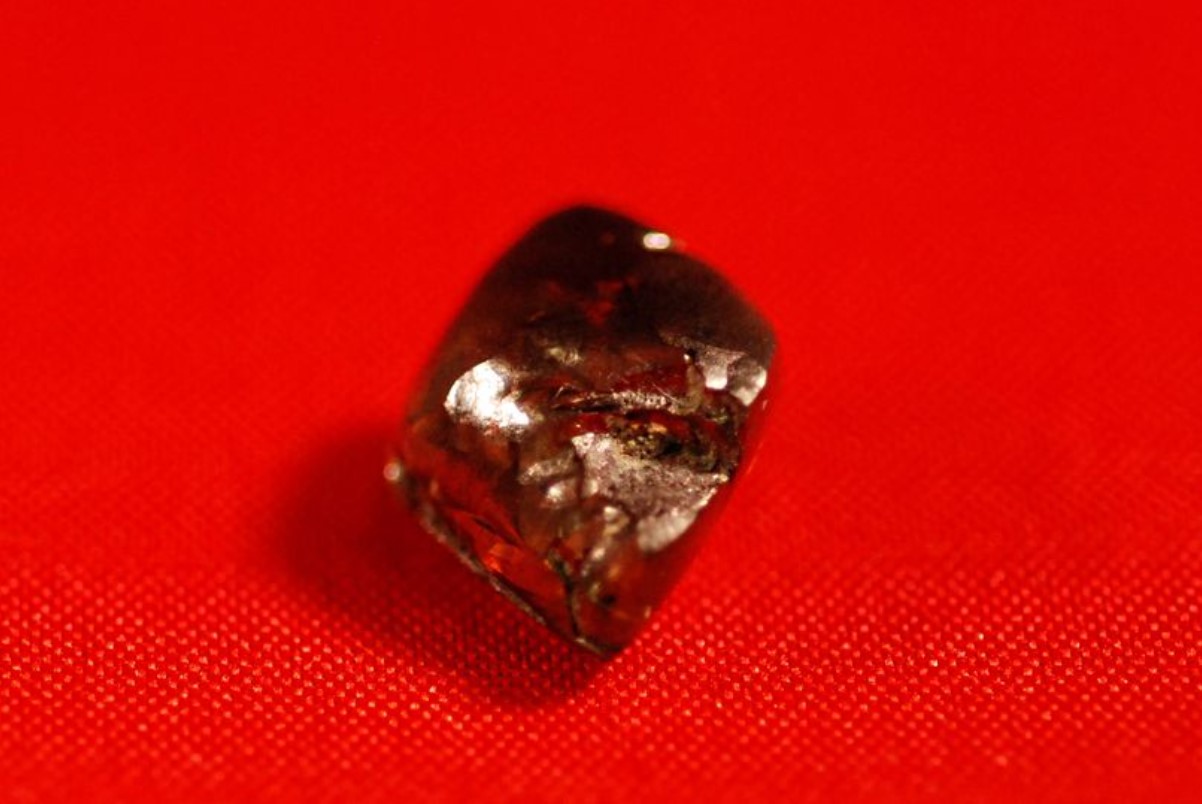
Source: @Crater of Diamonds State Park/Facebook
Unfortunately, this makes it currently inaccessible due to the planet’s extreme heat and the challenges posed by such a depth.
Formation of the Diamond Layer
The study proposes that the crystallization of Mercury’s core led to the formation of the diamond layer at the core-mantle boundary.
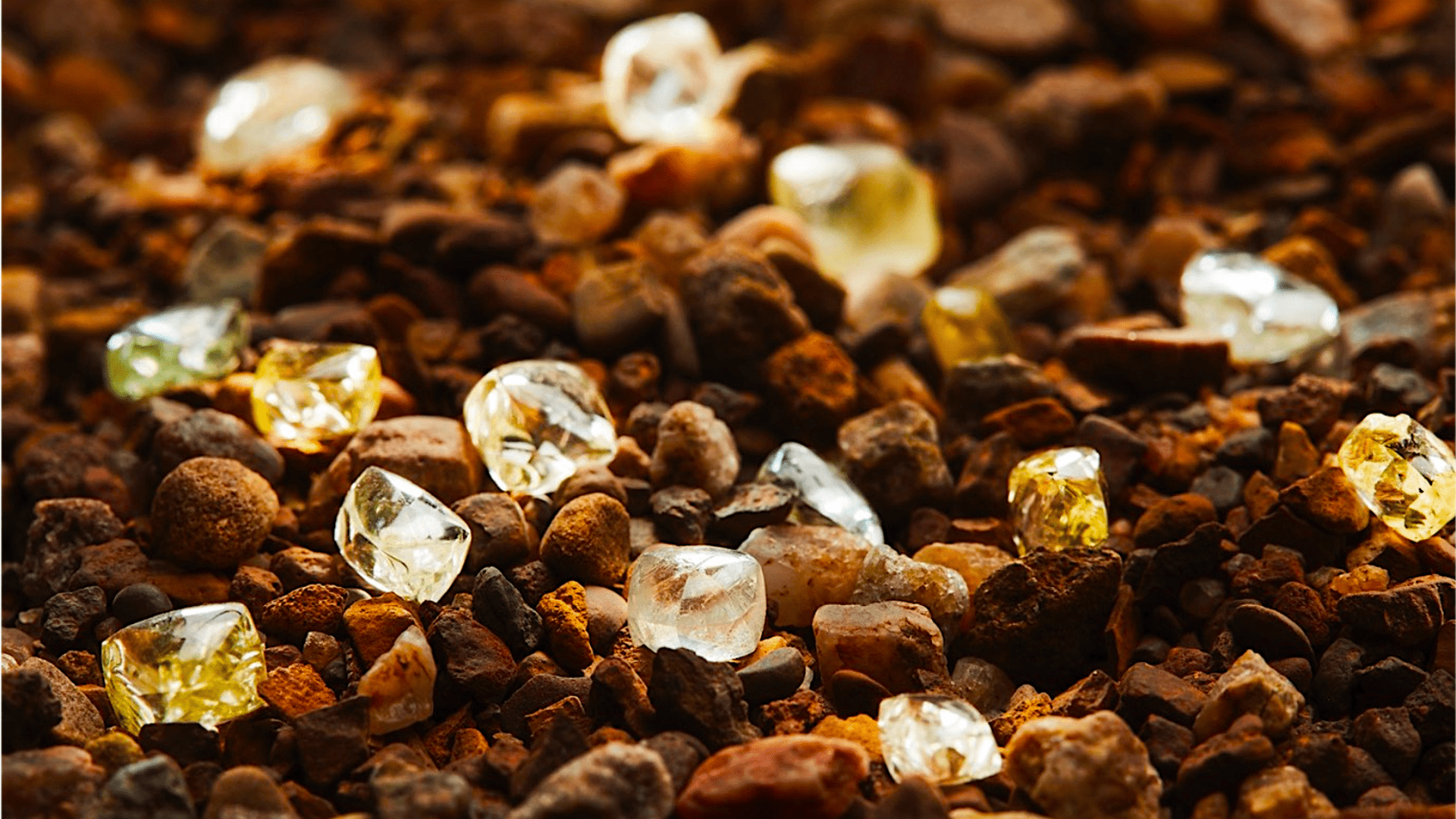
Source: Ellendale2020/Wikimedia Commons
The present temperature at this boundary is close to the point where graphite can turn into diamond.
Implications for Other Planets
According to co-author Yanhao Lin, the processes that led to Mercury’s diamond layer might also occur on other planets.
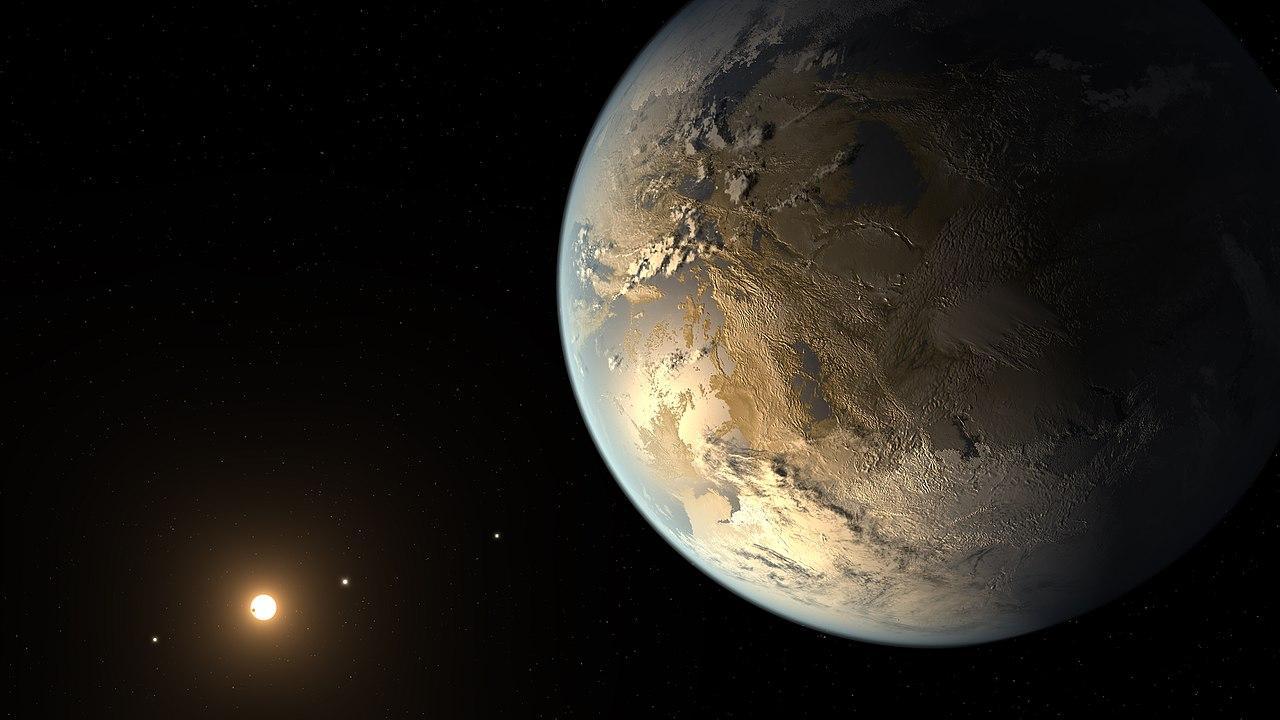
Source: Wikimedia
This discovery could help us understand the formation of carbon-rich exoplanets and other terrestrial planets with similar compositions.
Mercury's Volatile Environment
Exploring Mercury is challenging due to its extreme environment.
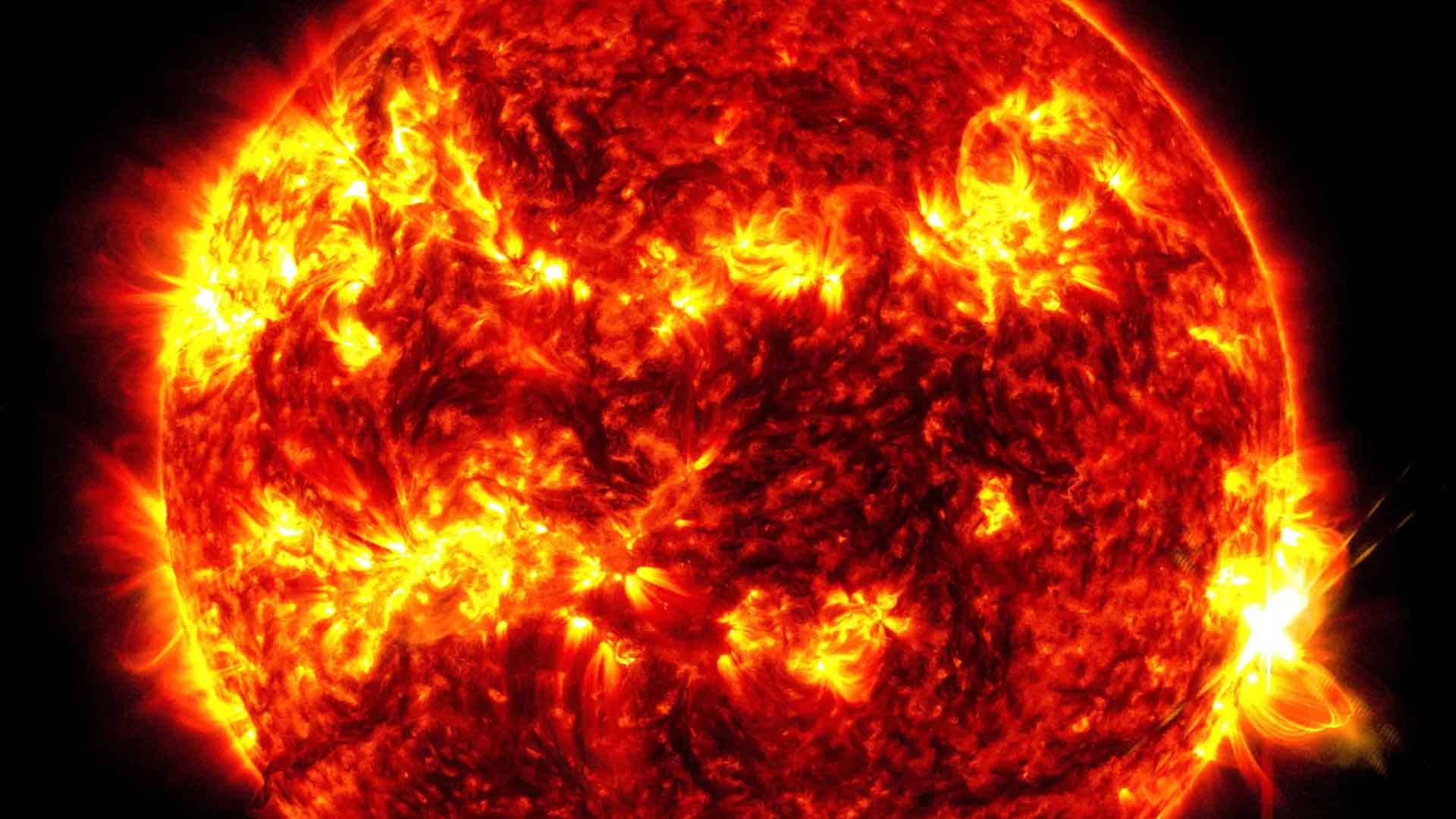
Source: NASA/SDO
With temperatures reaching up to 800 degrees Fahrenheit, any future missions to explore its diamond layer would face significant obstacles.
The Role of MESSENGER Spacecraft
The MESSENGER spacecraft, which mapped Mercury’s surface, was the first to visit the planet in over thirty years.
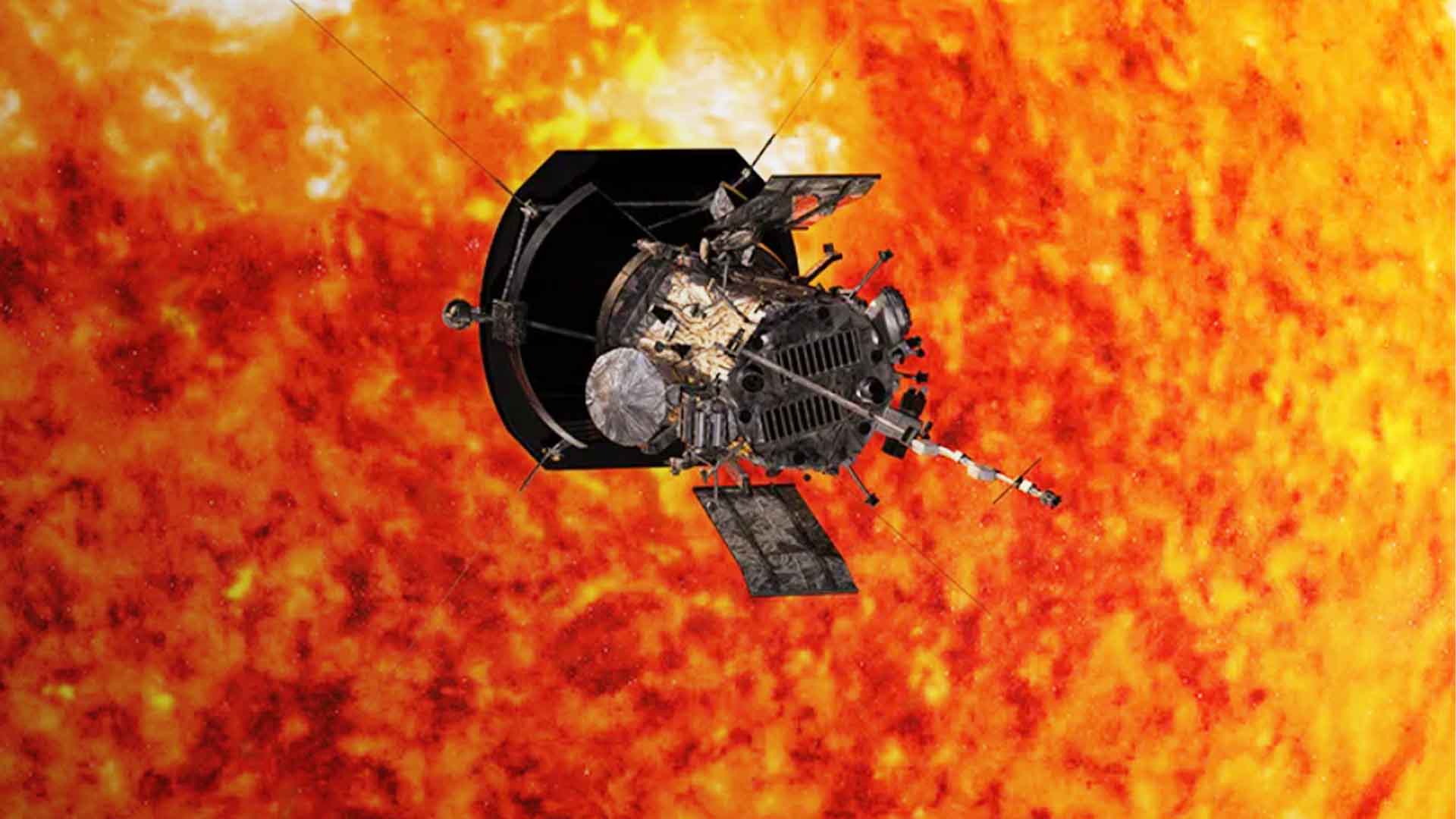
Source: NASA
Its findings have been huge in shaping our current understanding of Mercury’s composition and geological history.
Future Research Directions
Scientists are excited about the potential for future research on Mercury.
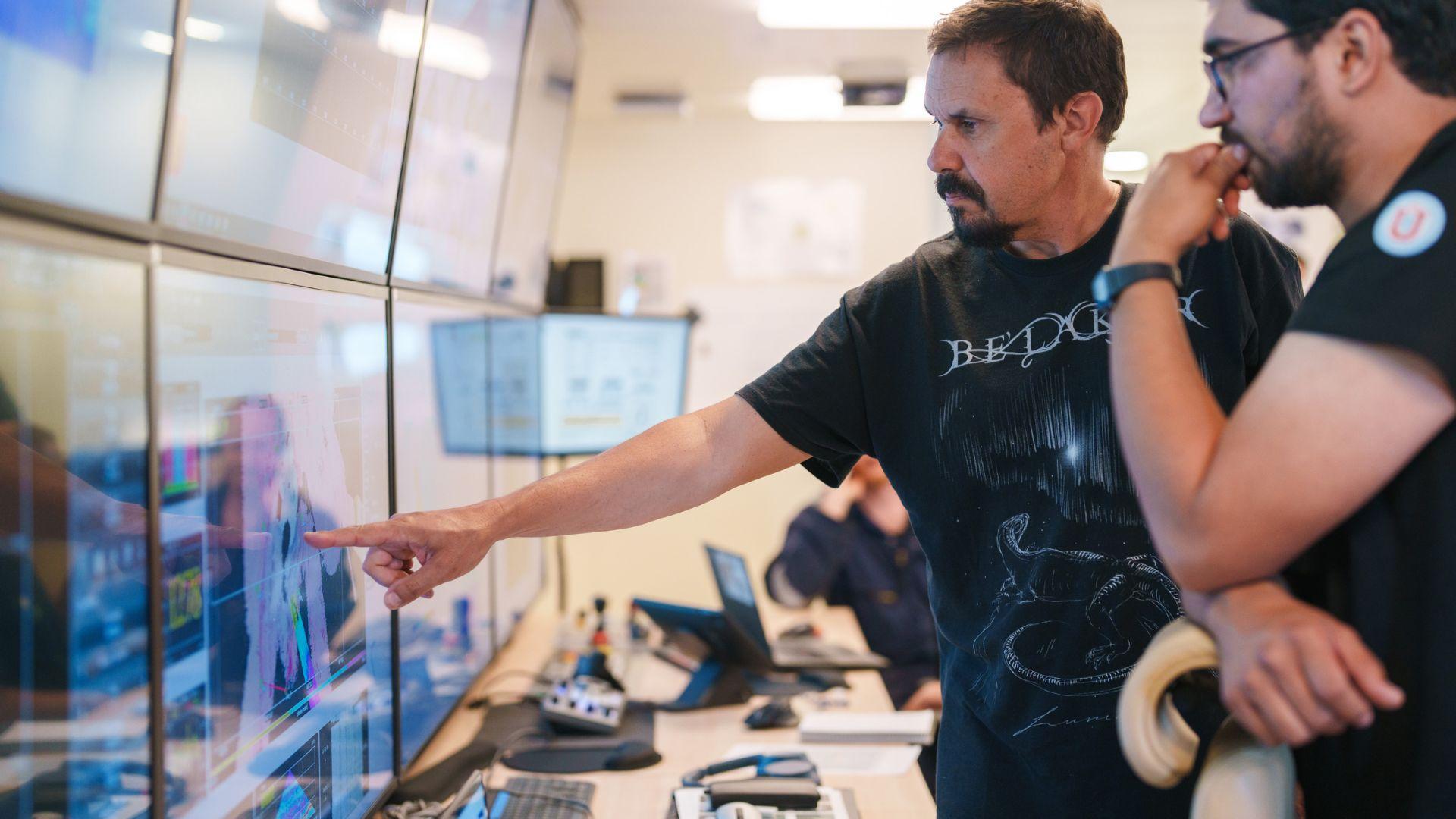
Source: Alex Ingle/Schmidt Ocean Institute
Understanding its diamond layer could provide insights into the geological processes that occur on other planets and how these processes impact planetary evolution.
Unveiling Mercury’s Secrets
Mercury continues to surprise and intrigue scientists with its unique features.
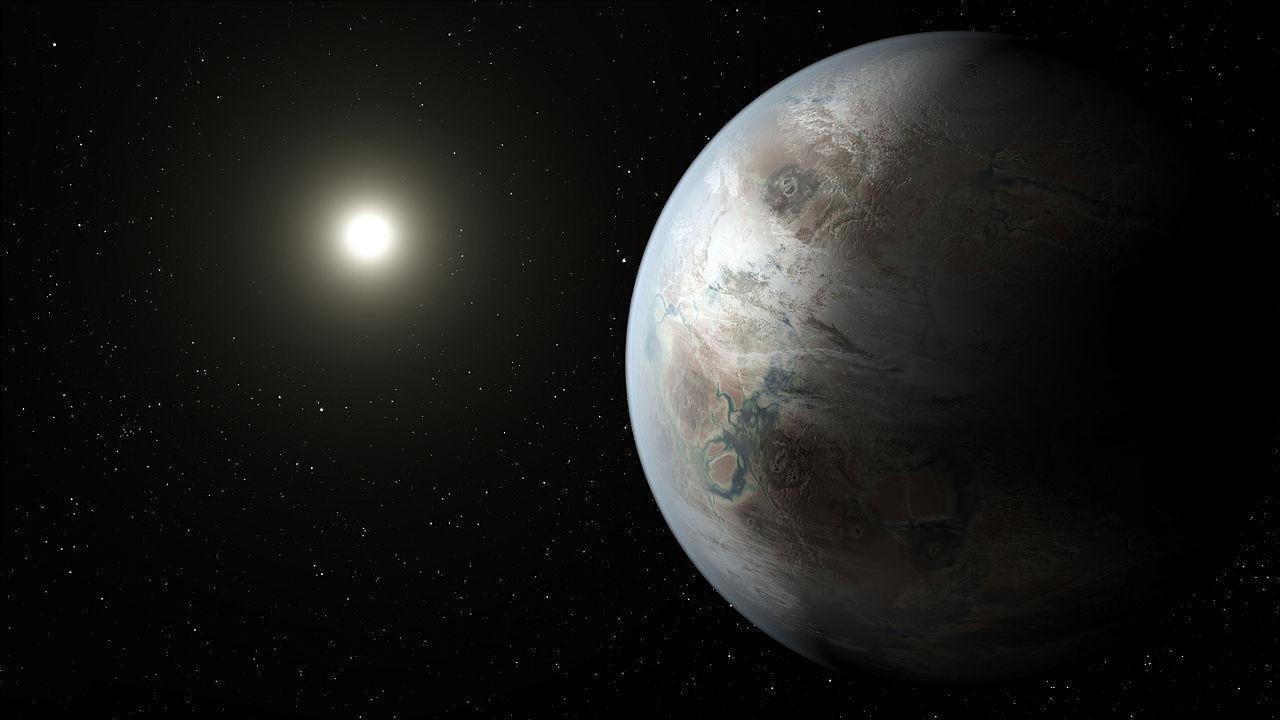
Source: Freepik
The discovery of a miles-thick diamond layer adds another layer of mystery and fascination to this small but dense planet.
